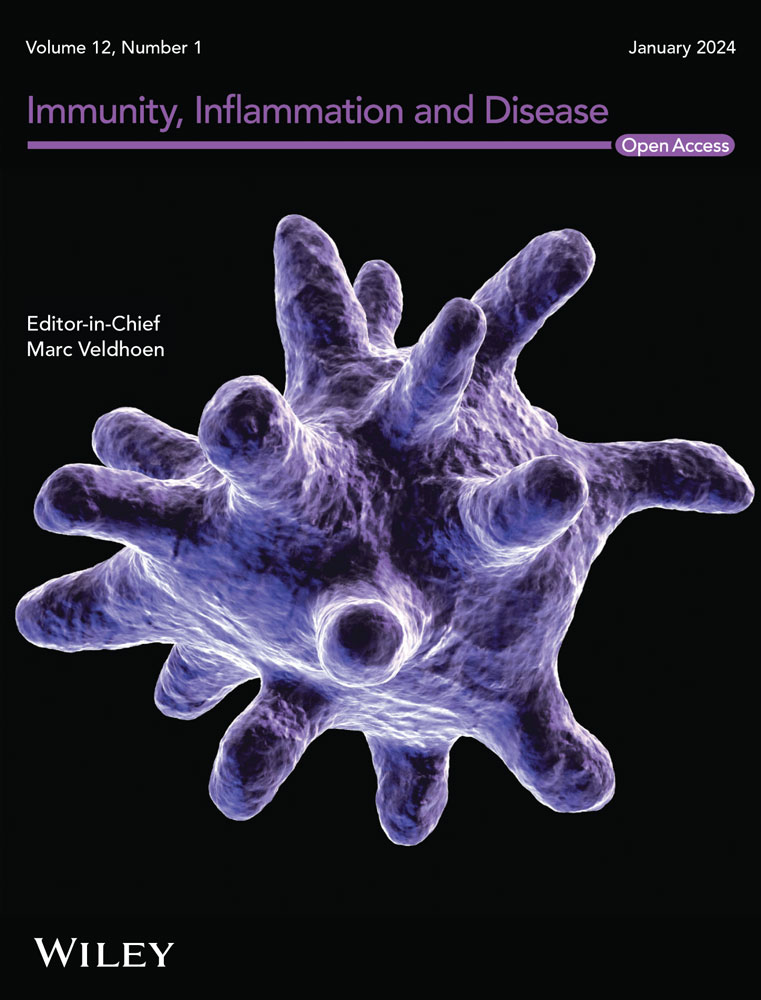Bitter Taste Receptors in Bacterial Infections and Innate Immunity
Abstract
Background
Bitter taste receptors (TAS2Rs), originally identified for their role in gustation, are now recognized for their functions in extraoral tissues, particularly in innate immune responses. TAS2Rs detect bacterial quorum sensing molecules (QSMs) and other metabolites, enabling the host to sense and respond to pathogenic threats across mucosal surfaces.
Objective
This review synthesizes current knowledge of TAS2Rs in the context of bacterial infection, emphasizing their mechanisms of immune modulation, genetic polymorphisms, tissue-specific expression, and therapeutic potential.
Methods
A comprehensive literature review was conducted, incorporating in vitro, ex vivo, and in vivo studies investigating TAS2R expression, signaling pathways, and immune functions in response to bacterial pathogens across respiratory, gastrointestinal, and oral tissues.
Results
TAS2Rs detect bacterial QSMs, triggering calcium signaling cascades, nitric oxide (NO) release, antimicrobial peptide secretion, and cytokine responses. In respiratory epithelium, TAS2R38 and TAS2R14 modulate mucociliary clearance and NO-mediated bacterial killing. In the oral cavity, TAS2R14 and TAS2R38 influence cytokine production, bacterial uptake, and antimicrobial responses. Intestinal TAS2Rs regulate host defense via genotype-specific pathways, as seen with TAS2R10 and TAS2R43. Polymorphisms in TAS2Rs affect infection susceptibility and immune responses, with implications for diseases like cystic fibrosis, chronic rhinosinusitis, dental caries, and periodontitis. Notably, TAS2R-mediated responses are highly tissue- and bacteria-dependent, with distinct signaling and outcomes observed depending on the pathogen and the local immune environment.
Conclusions
TAS2Rs play an essential role in host-pathogen interactions across multiple mucosal surfaces. Their ability to detect bacterial signals and activate innate immune defenses positions them as promising therapeutic targets. Future studies should focus on in vivo validation, genetic diversity, and receptor-ligand specificity using emerging tools like cryo-electron microscopy and transgenic models.


 求助内容:
求助内容: 应助结果提醒方式:
应助结果提醒方式:


